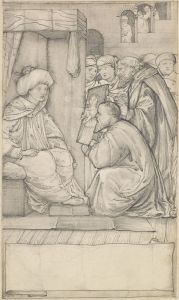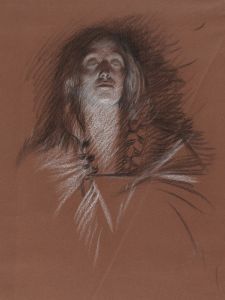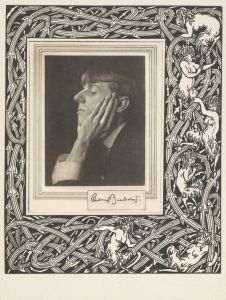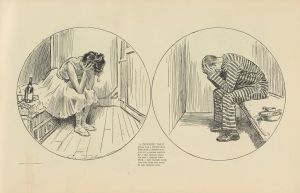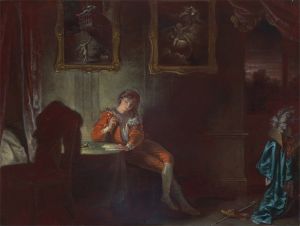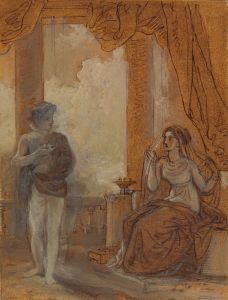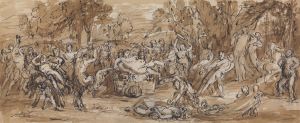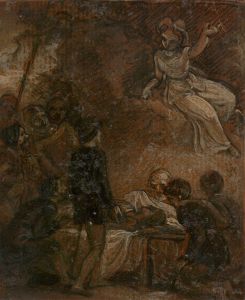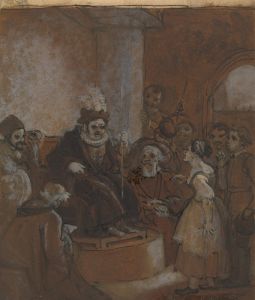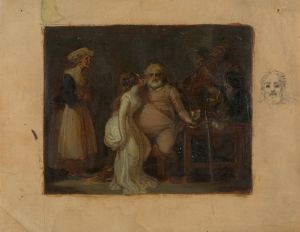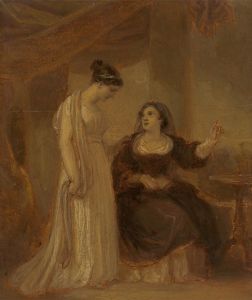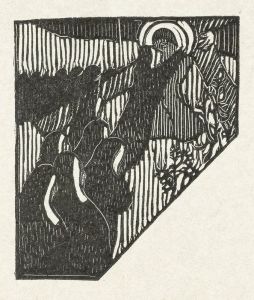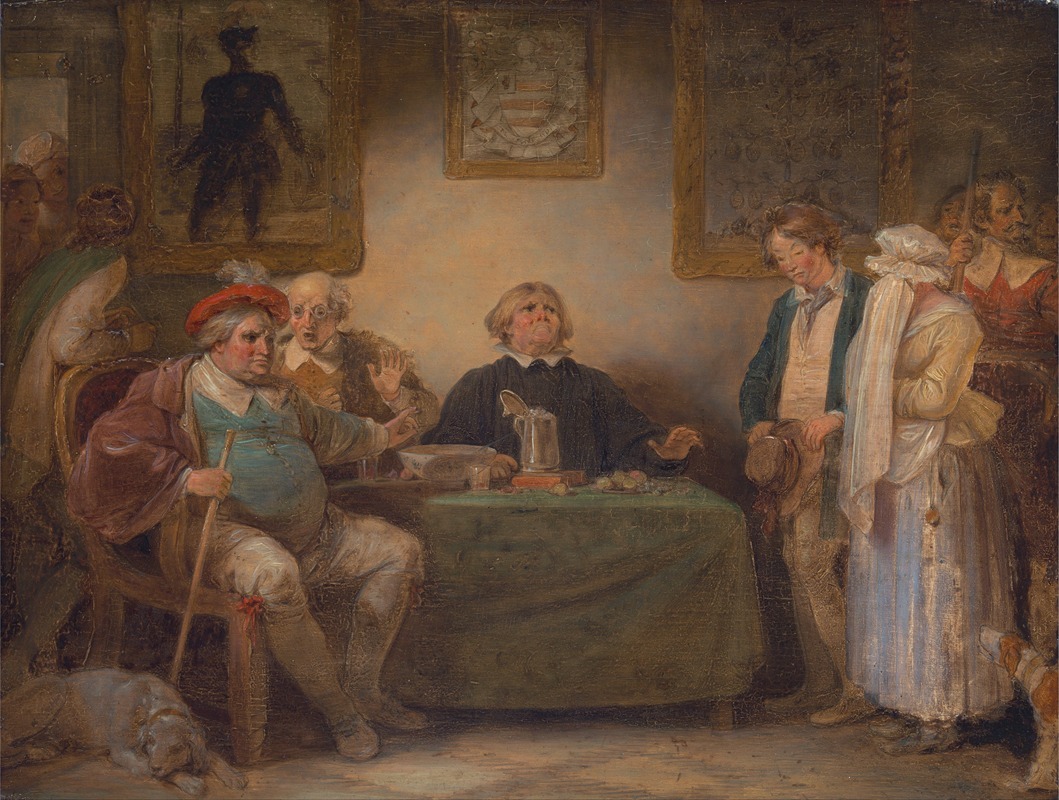
The Seven Ages of Man- The Justice, ‘As You Like It,’ II, vii
A hand-painted replica of Robert Smirke’s masterpiece The Seven Ages of Man- The Justice, ‘As You Like It,’ II, vii, meticulously crafted by professional artists to capture the true essence of the original. Each piece is created with museum-quality canvas and rare mineral pigments, carefully painted by experienced artists with delicate brushstrokes and rich, layered colors to perfectly recreate the texture of the original artwork. Unlike machine-printed reproductions, this hand-painted version brings the painting to life, infused with the artist’s emotions and skill in every stroke. Whether for personal collection or home decoration, it instantly elevates the artistic atmosphere of any space.
Robert Smirke's painting The Seven Ages of Man - The Justice is part of a series inspired by William Shakespeare's famous monologue from the play As You Like It (Act II, Scene VII). In this speech, the character Jaques describes the "seven ages" of human life, each represented as a stage in a metaphorical play. Smirke, an English painter and illustrator known for his works depicting literary and historical themes, created a series of paintings based on these seven stages, with The Justice representing the fifth age.
In Shakespeare's text, the Justice is described as a man in his mature years, characterized by wisdom, authority, and a sense of responsibility. He is portrayed as someone who has achieved a position of respect and influence in society, often depicted as a figure of judgment and fairness. Smirke's interpretation of this stage captures the essence of the Justice, emphasizing the dignity and gravitas associated with this phase of life.
The painting likely reflects Smirke's neoclassical style, which was influenced by the artistic trends of the late 18th and early 19th centuries. Smirke was a member of the Royal Academy of Arts, and his works often drew upon literary sources, particularly those of Shakespeare. His ability to translate textual descriptions into visual art made him a prominent figure in the artistic community of his time.
While specific details about the composition and visual elements of The Justice are not widely documented, it can be inferred that Smirke's work adhered to the conventions of his era, focusing on clarity, narrative, and the moral undertones of the subject matter. The painting would have been part of a larger effort to visually interpret Shakespeare's monologue, offering viewers a way to engage with the text through art.
Smirke's series on The Seven Ages of Man was well-received during his lifetime, as it aligned with the broader cultural interest in Shakespearean themes and the moral and philosophical questions they raised. The series remains an example of how artists of the period sought to bridge literature and visual art, creating works that were both educational and aesthetically pleasing.
Further details about the specific whereabouts or current status of The Justice are not readily available in public records. However, Smirke's contributions to the visual interpretation of Shakespeare's works continue to be recognized as an important part of his artistic legacy.





